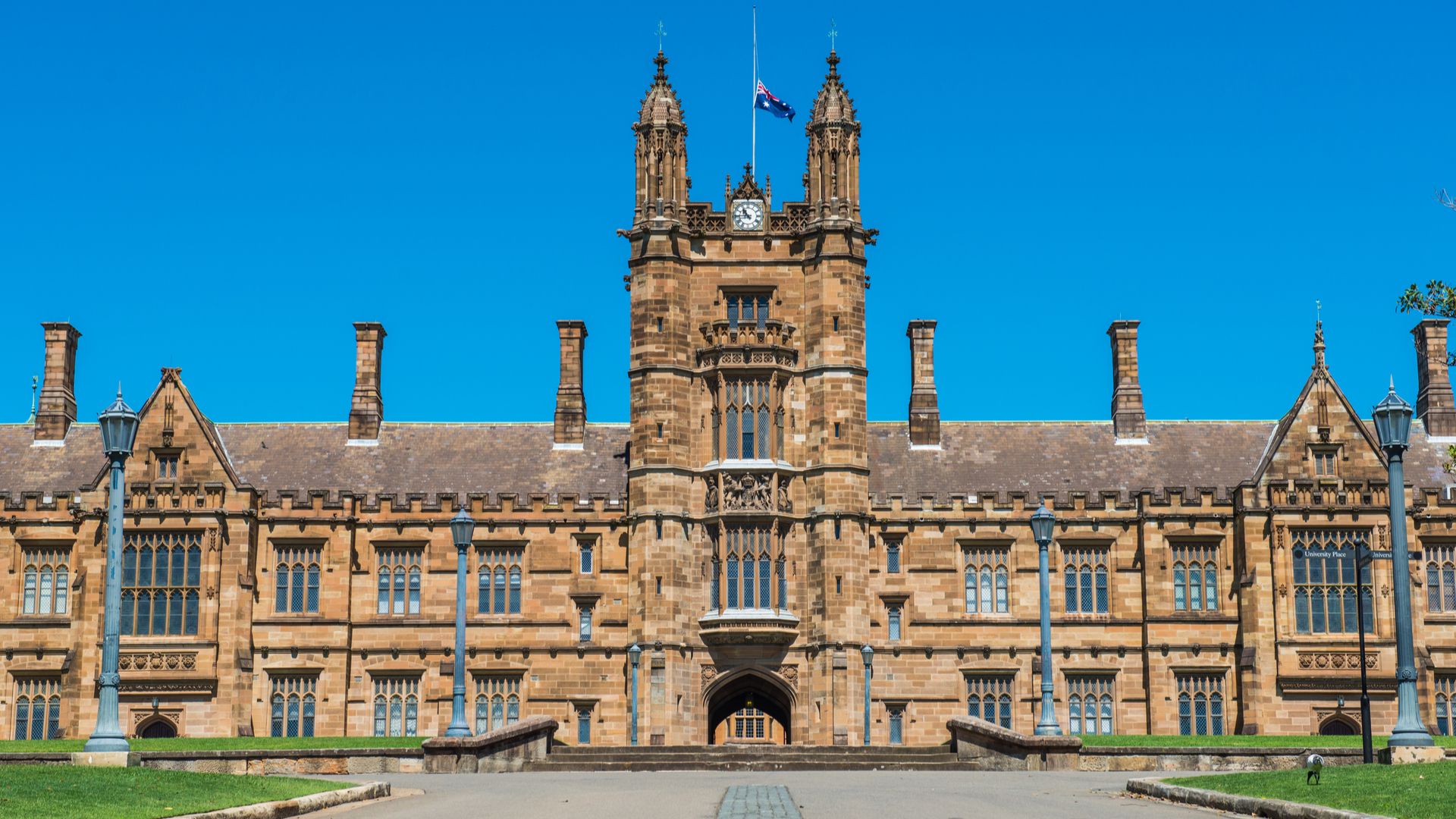Here’s Jing Travel’s weekly guide to stories that give insight into Chinese travel trends and how they affect the industry’s main players.
The Chinese economy is flashing warnings that it’s slowing down, so some destinations may not see as much of an increase in Chinese tourists in 2019. Travelers will likely give pause before booking lavish holiday trips this year, but that hasn’t stopped destination marketing organizations from stepping up with new campaigns to try and draw in Chinese tourists.
A growing number of destinations are hoping that partnerships with Chinese online travel agencies will help boost tourist interest for them over the coming years. Many are also expanding their acceptance of mobile payment options like Alipay and WeChat Pay to boost consumption from those same tourists. Travel industry players will be watching to see whether their efforts pay off, particularly during this off-peak travel season.
Fake Harry Potter Tours in Australia
Australian tour guides are capitalizing on some confusion among Chinese tourists who believe portions of the Harry Potter movie series were filmed at the University of Sydney. The university’s neo-Gothic architecture may look like something out of Hogwarts School of Witchcraft and Wizardry, but no scenes from the movies were actually filmed there. But that hasn’t stopped some tour guides from proclaiming that the university was part of the popular movie series, and the university has seen an additional 4,000 Chinese tourists between 2017 and 2019 based on the false information.
U.K. Expands Acceptance of Chinese Payments
Barclaycard, a U.K. payment company under Barclays, announced that it has signed a deal with China UnionPay to expand the acceptance of China’s largest credit and debit card company for tourists in the U.K. The deal will reportedly extend acceptance of the cards to more than 110,000 merchants. With an increase in tourists across Europe and specifically to the U.K., merchants hope this move will boost sales to Chinese tourists over the coming years.
Australia Promotes Safe Outback Tourism
Safety is of the utmost importance for Chinese tourists, and Australia is pushing for a $3.5 million (AUD 5 million) campaign to help promote the Outback as a safe destination. The two main complaints among Chinese tourists to the Outback are the lack of both transportation and free Wi-Fi. With more younger independent travelers heading to Australia, the country hopes to get those tourists out of the cities and into nature with a photo campaign highlighting the beauty of the Outback.
Chinese Tourists Spread Expenses Across Europe
Europe continues to be a popular destination for Chinese tourists, ranking as the second most popular continent for the country’s outbound travelers. And as more Chinese tourists visit the continent multiple times, they’re starting to explore new destinations like Hungary, Croatia, Bosnia, and Herzegovina. Of course, traditionally popular destinations, such as the U.K., France, and Italy, remain at the top of the list for Chinese travelers.
Macau Continues to Falter Among Mainland Tourists
It has not been a smooth ride for Macau’s gaming industry over the last few years. The Special Administrative Region has suffered from the Chinese government’s corruption crackdown that has been sending wealthy Chinese gamblers to other destinations. The territory did see a 4.4 percent year-on-year increase in casino revenue in February to $3.17 billion, thanks to an increase in visitors during the Lunar New Year, but that only offset the 5 percent annual decline in January. Macau is seeking revenue from other sources, but the process has been slow: It welcomed 14 percent more tourists in Q4 2018 than in the same period the previous year, but non-gaming revenue only rose 1.4 percent.



